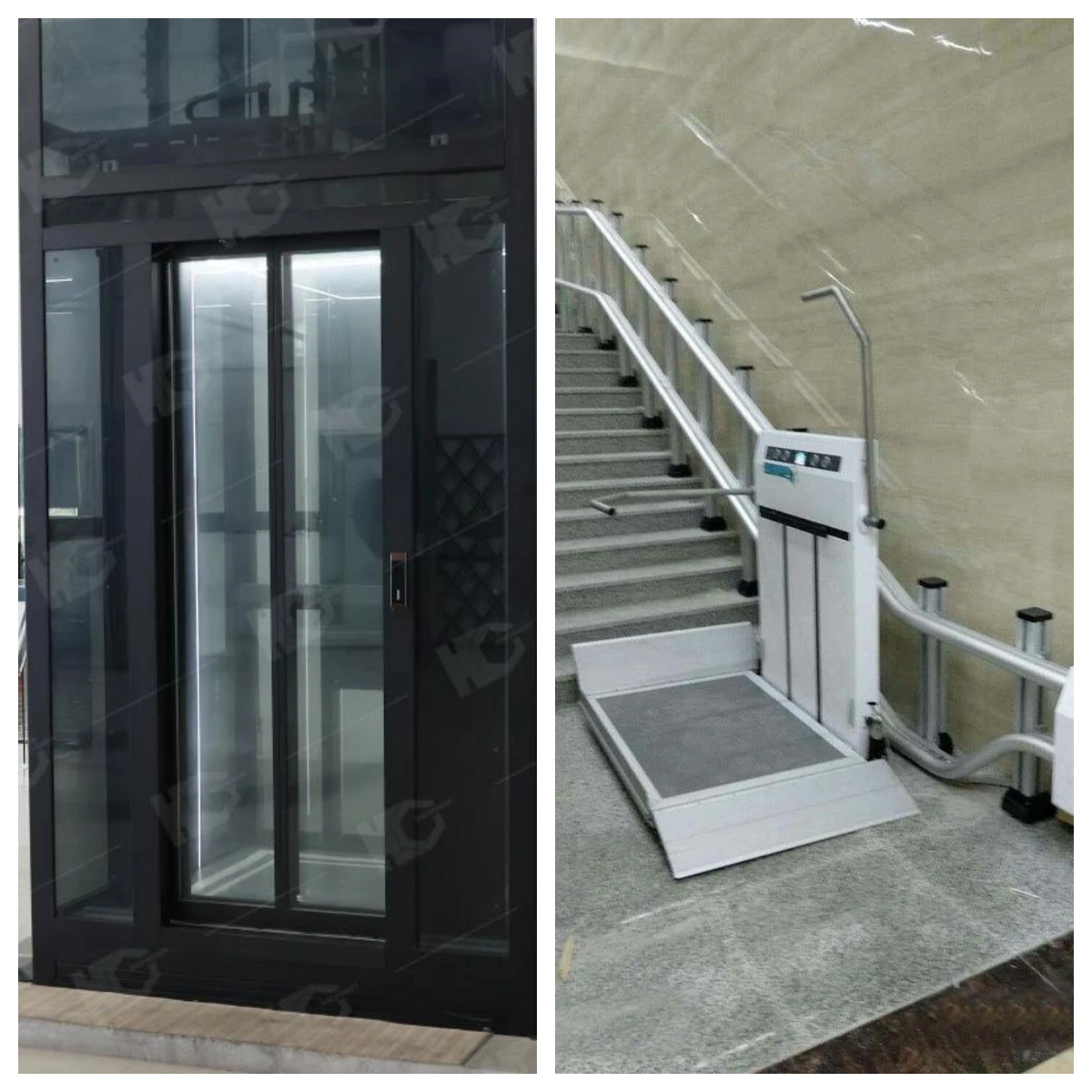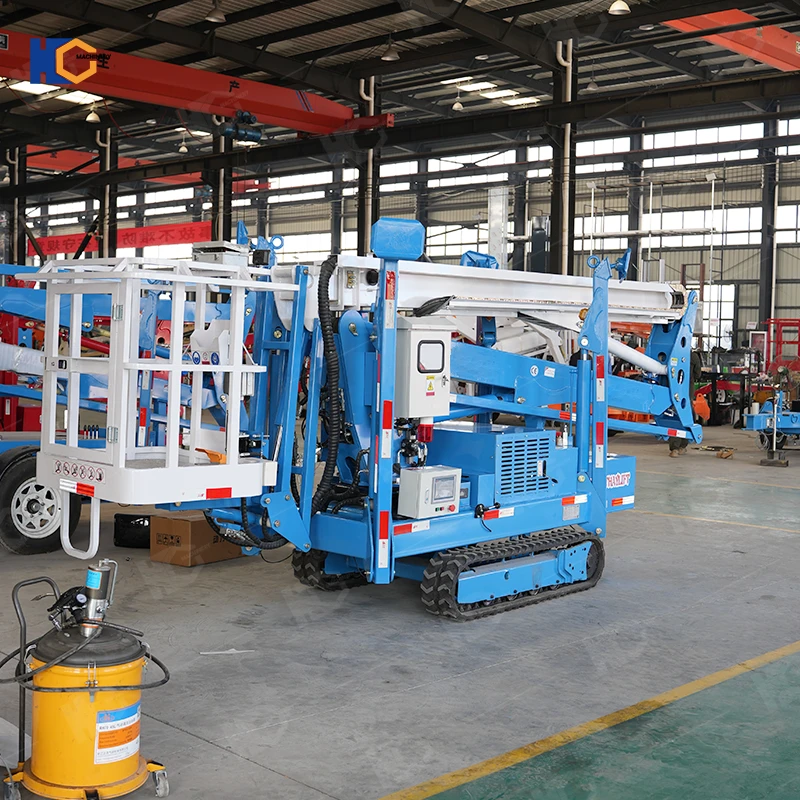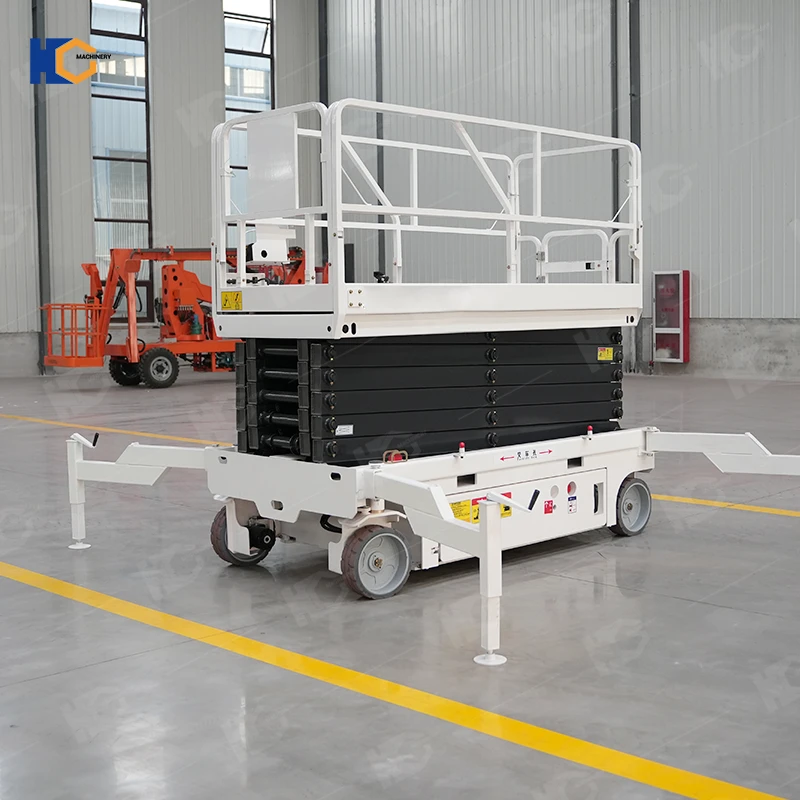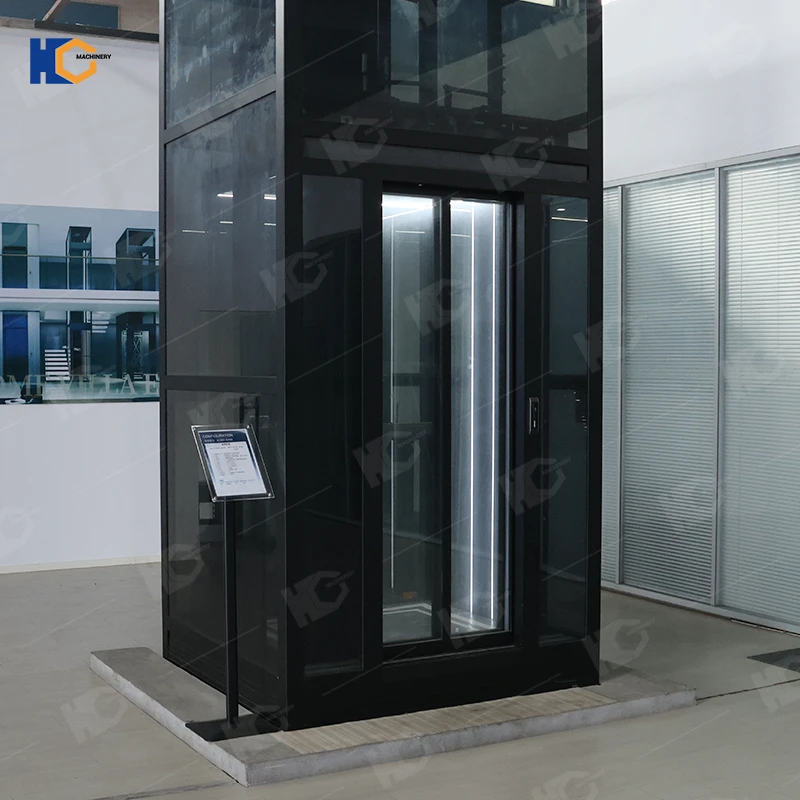When it comes to improving mobility at home, especially for seniors, people with disabilities, or families planning for long-term accessibility, two popular solutions stand out: home elevators and stair lifts. Both are designed to make multi-story living safer and more convenient, but they differ in cost, installation, functionality, and long-term value.
If you’re trying to decide between a home elevator vs stair lift, this guide will walk you through everything you need to know—from definitions and features to costs, pros and cons, and which option may be best for your lifestyle and budget.
What Is a Home Elevator?
A home elevator is a vertical lift system installed inside or attached to your house. Unlike commercial elevators, residential elevators are smaller, more compact, and designed specifically for private homes. They can carry one or more passengers, and in many cases, even accommodate wheelchairs.
Key Features of Home Elevators
Vertical transportation between floors
Weight capacity: usually 500–1,000 lbs
Design options: custom finishes, glass panels, wood, stainless steel
Operation: smooth, automatic controls with safety features
Accessibility: wheelchair-friendly options available
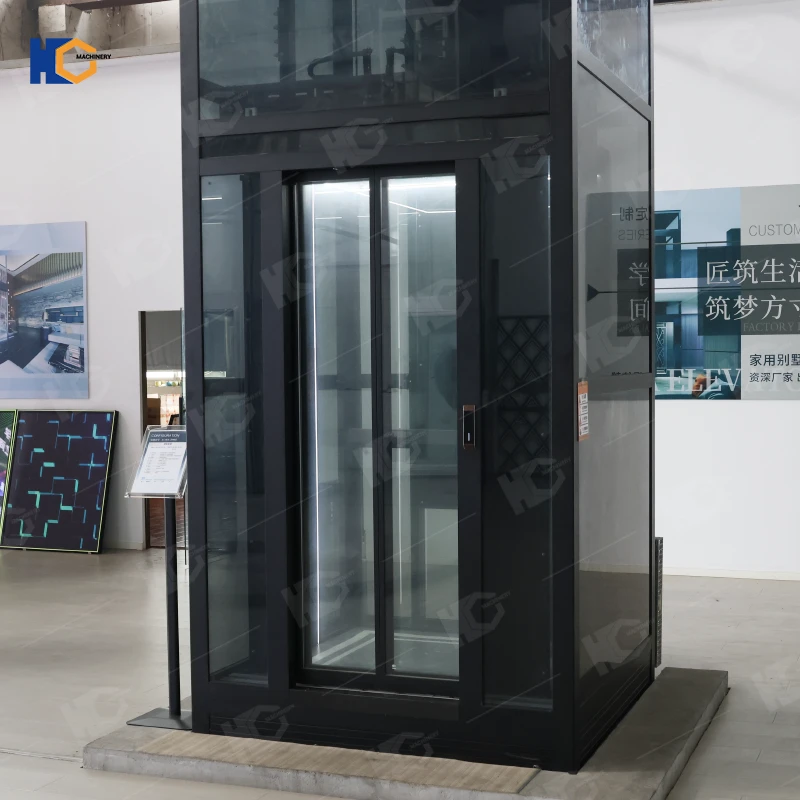
What Is a Stair Lift?
A stair lift (also known as a chair lift) is a motorized chair attached to a rail system installed along your staircase. The chair moves up and down the rail, allowing users to ride along the stairs without needing to climb them.
Key Features of Stair Lifts
Installation on staircases (straight or curved)
Weight capacity: usually 300–400 lbs
Chair-based design: user sits in the chair and rides up or down
Space-saving models that fold away when not in use
Best for individuals with limited mobility but not wheelchair users

Home Elevator vs Stair Lift: Side-by-Side Comparison
| Feature | Home Elevator | Stair Lift |
|---|---|---|
| Space Requirement | Requires a dedicated shaft or hoistway (unless a shaftless model is used) | Mounted directly on the staircase; minimal space required |
| Installation Time | 2–6 weeks (depending on customization) | 1–3 days |
| Cost Range | $20,000 – $50,000+ (including installation) | $3,000 – $15,000 (depending on stairs) |
| Weight Capacity | 500–1,000 lbs | 300–400 lbs |
| Wheelchair Accessible | Yes | No (requires transfer to chair) |
| Aesthetic Appeal | Blends with home design, customizable | Functional, less stylish |
| Resale Value | Can increase property value | Usually does not increase property value |
| Ease of Use | Very easy, automatic controls | Easy, but requires sitting and transferring |
| Maintenance | Annual servicing recommended | Minimal maintenance |
Costs: Home Elevator vs Stair Lift
Home Elevator Cost
Basic models: $20,000–$30,000
Custom luxury models: $40,000–$60,000+
Ongoing costs: yearly maintenance around $500–$1,000
Stair Lift Cost
Straight stair lift: $3,000–$5,000
Curved stair lift: $8,000–$15,000
Ongoing costs: minimal, usually battery replacement every few years
Key takeaway: If budget is your main concern, a stair lift is significantly cheaper upfront. However, if you’re thinking long-term and want to add value to your home, a residential elevator may be worth the investment.
Pros and Cons of Home Elevators
✅ Advantages
Wheelchair accessible
Increases property value
Can transport groceries, laundry, and heavy items easily
Luxurious and customizable
Disadvantages
High upfront cost
Requires construction space
Longer installation time
Pros and Cons of Stair Lifts
✅ Advantages
Affordable compared to elevators
Quick installation
Minimal space requirements
Simple to operate
Disadvantages
Not wheelchair accessible
Limited weight capacity
Aesthetically less appealing
May not add resale value
Which One Is Right for You?
When choosing between a home elevator vs stair lift, consider these factors:
Budget
If cost is your top concern, a stair lift is the most affordable option.
If you can invest more, a home elevator provides long-term benefits.
Mobility Needs
If you use a wheelchair or foresee needing one in the future, a home elevator is the better choice.
If you simply need help with stairs but don’t need wheelchair access, a stair lift works well.
Space Availability
Homes with limited construction space may find stair lifts easier to install.
Newer homes or remodels can easily accommodate a home elevator.
Home Value Goals
If you want to increase resale value, a home elevator is a strong investment.
Stair lifts typically don’t boost property value.
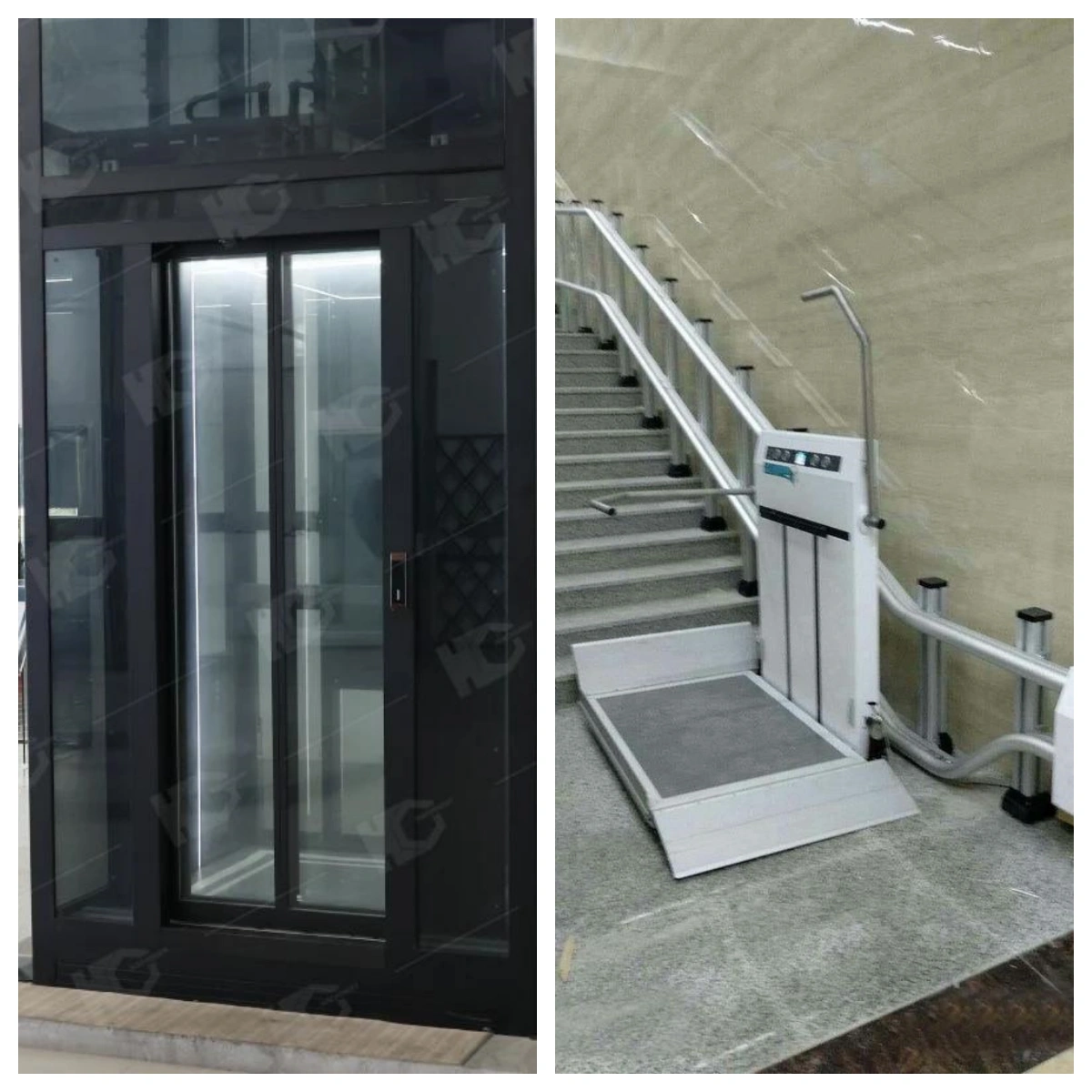
Real-Life Scenarios
Scenario 1: Senior living alone – A stair lift may be the best choice due to affordability and ease of installation.
Scenario 2: Family with a wheelchair user – A home elevator is essential for accessibility.
Scenario 3: Young family planning for future needs – Installing a home elevator during a remodel can be a smart long-term investment.
FAQ Section
1. Is a home elevator safer than a stair lift?
Yes, especially for wheelchair users or people with severe mobility issues. Home elevators eliminate the need to transfer into a chair, reducing fall risks.
2. How long does it take to install a home elevator vs a stair lift?
Home elevators take 2–6 weeks, while stair lifts usually take 1–3 days.
3. Do stair lifts work during a power outage?
Yes, most stair lifts are battery-powered and can operate for several trips even if the power goes out.
4. Can a stair lift be installed on curved stairs?
Yes, but the cost is significantly higher—often $8,000–$15,000—compared to straight stair lifts.
5. Does a home elevator increase home value?
Yes, a well-designed home elevator can boost resale value, especially in luxury or multi-story homes.
6. What’s the weight capacity difference?
Home elevators usually support 500–1,000 lbs, while stair lifts support around 300–400 lbs.
7. Are there space-saving home elevator options?
Yes, shaftless home elevators require less space and are easier to integrate into existing homes.
8. Which is better for seniors on a budget?
A stair lift is the more affordable choice for seniors who don’t require wheelchair access.
9. How often do these systems need maintenance?
Home elevators should be serviced annually, while stair lifts need only minimal maintenance.
10. Can I finance a home elevator or stair lift?
Yes, many providers offer financing options to make these mobility solutions more affordable.
Final Thoughts: Home Elevator vs Stair Lift
Both home elevators and stair lifts can make life easier and safer, but the right choice depends on your needs and budget.
Choose a stair lift if you need a low-cost, quick solution for navigating stairs.
Choose a home elevator if you want long-term accessibility, wheelchair access, and added property value.
By carefully considering your lifestyle, mobility requirements, and financial plans, you can make the best decision for your home and your future.
